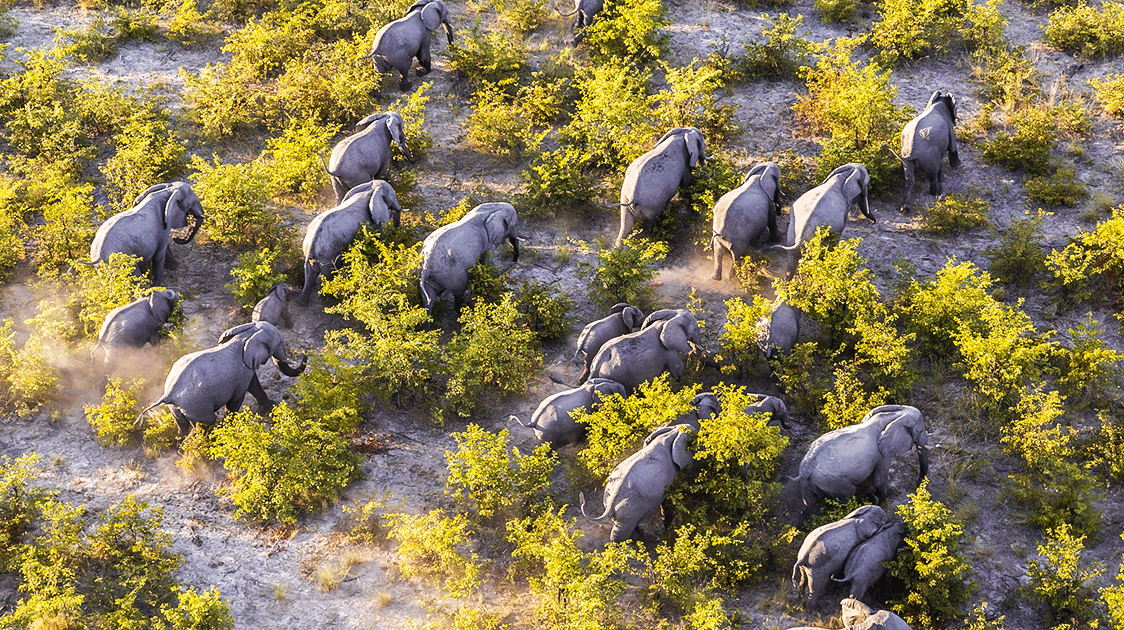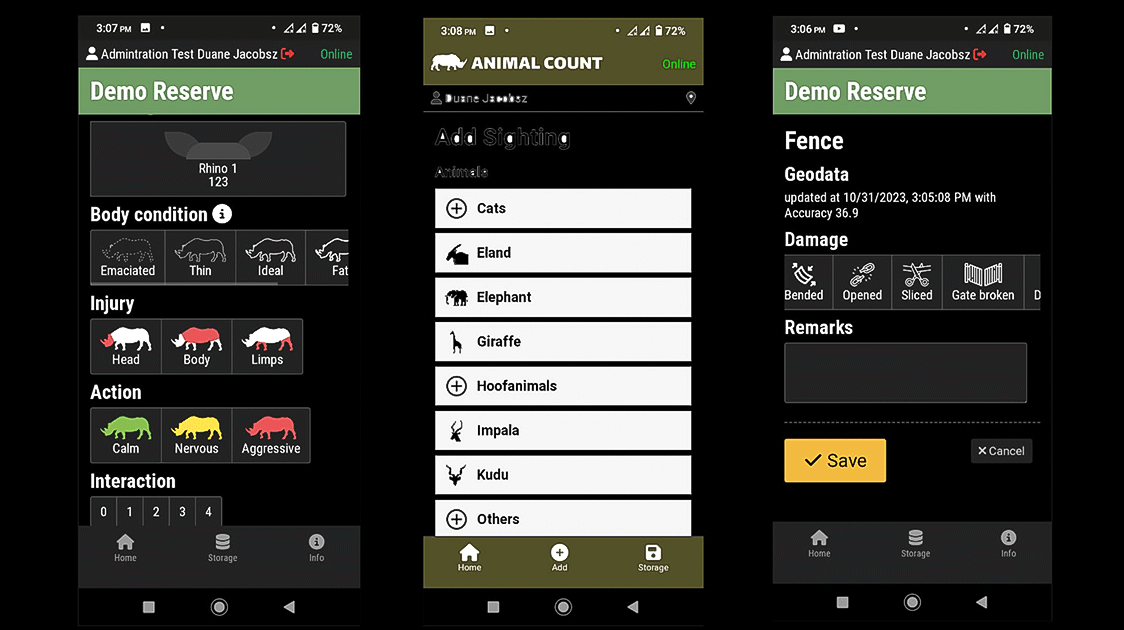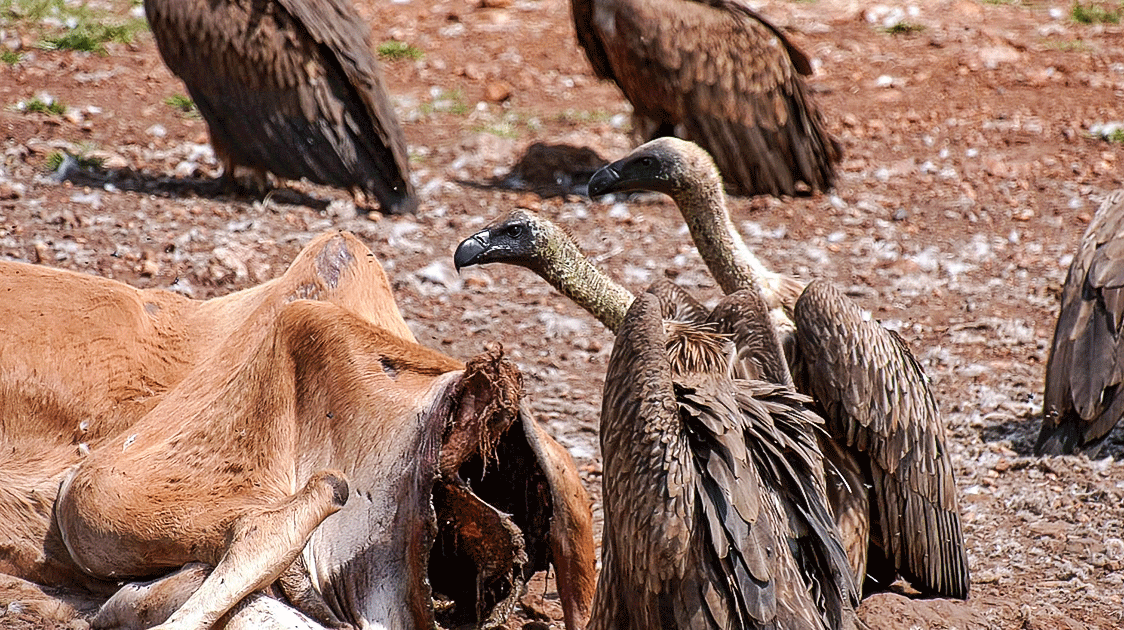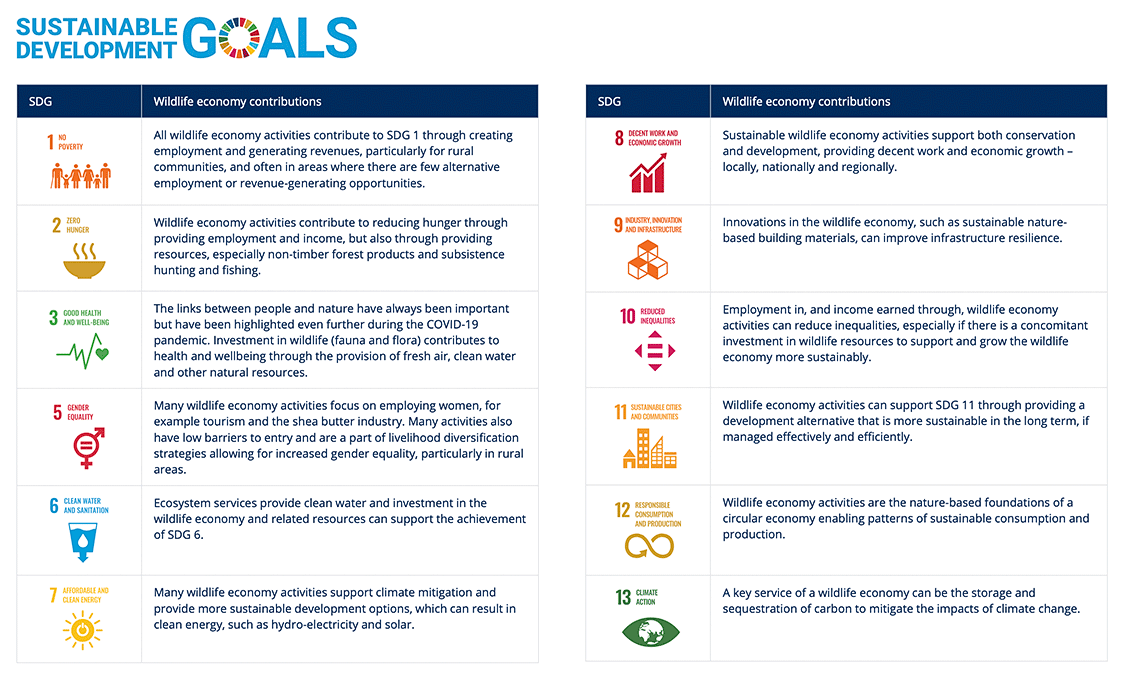One Fish, Two Fish, Red Duiker, Blue Duiker

Wildlife censuses are systematic surveys that count and monitor animal populations in specific areas. They provide crucial data for conservation efforts, habitat management, and policy decisions.
Key Methods:
- Direct observation: Visual counts from ground, air, or water
- Capture-mark-recapture: Tagging animals to estimate population size
- Camera trapping: Using remote cameras to document species presence
- Aerial surveys: Counting from aircraft or drones
- Environmental DNA (eDNA): Detecting animal DNA in environmental samples
- Acoustic monitoring: Recording and identifying animal sounds
Applications:
- Tracking population trends of endangered species
- Establishing hunting quotas
- Monitoring ecosystem health
- Evaluating conservation program effectiveness
- Informing habitat protection decisions
Wildlife censuses face challenges like animal mobility, rugged terrain, elusive species, and limited resources. However, technological advances, including AI, satellite imagery, and genomic tools, improve accuracy and efficiency.
As with any human endeavor, egos, agendas, politics, and money play an unsavory role.
The opinion piece "How 'science' can facilitate the politicization of charismatic megafauna counts" delves into the intricate relationship between scientific methodologies and the political landscapes surrounding the population estimates of charismatic megafauna—large animal species with significant public appeal, such as elephants, tigers, and whales.
While science aims to provide objective data, the authors argue that certain practices can inadvertently contribute to politicizing wildlife conservation efforts.

Charismatic Megafauna and Their Influence
Charismatic megafauna are species that captivate public interest due to their size, beauty, or cultural significance. They often serve as flagship species in conservation campaigns, symbolizing broader environmental issues.
Their prominence can drive substantial funding and public support for conservation initiatives.
However, this focus can also lead to disproportionate attention being paid to these species at the expense of less charismatic but equally important organisms.
The Role of Science in Population Estimates
Accurate population estimates are crucial for effective conservation management. Various scientific methods are employed to count or estimate wildlife populations, including direct observations, camera traps, and statistical models.
These methods aim to provide reliable data to inform policy decisions and conservation strategies.
Potential for Politicization
The authors highlight that the process of generating and presenting scientific data on megafauna populations can become politicized in several ways:
- Methodological Choices: The selection of specific methodologies can influence population estimates. For instance, choosing a method that is less accurate or less appropriate for a particular species or habitat can lead to overestimation or underestimation of populations. Political agendas or resource constraints may drive such choices.
- Data Interpretation and Presentation: How data is interpreted and presented to the public and policymakers can shape perceptions. Emphasizing certain findings while downplaying others can lead to biased understandings of species' statuses, potentially swaying policy decisions.
- Funding and Resource Allocation: The allure of charismatic megafauna can lead to preferential funding for studies and conservation efforts focused on these species. This can result in a feedback loop where more data is available for charismatic species, further entrenching their prominence in conservation discourse and potentially sidelining less charismatic species.
Case Studies and Examples
The article provides examples where scientific practices have inadvertently facilitated politicization:
- Elephant Population Estimates: Different methodologies have led to conflicting elephant population estimates in some regions. Various stakeholders have used these discrepancies to support opposing agendas, from promoting hunting quotas to advocating for stricter protections.
- Tiger Counts in India: Certain statistical models used to estimate tiger populations have been criticized for potential biases. Inflated numbers can create a false sense of security regarding the species' conservation status, potentially leading to complacency in protection efforts.

Recommendations for Mitigating Politicization
To minimize the risk of politicization, the authors suggest several strategies:
- Standardization of Methods: Developing and adhering to standardized methodologies for population estimation can reduce discrepancies and provide more reliable data.
- Transparency in Data Collection and Analysis: Openly sharing methodologies, data, and analytical processes allows the scientific community to scrutinize and validate them, enhancing credibility.
- Inclusive Decision-Making: Engaging a broad range of stakeholders, including local communities, in the data collection and decision-making processes can help balance interests and reduce biases.
- Balanced Resource Allocation: Ensuring conservation funding and efforts are distributed based on ecological need rather than species charisma can promote a more holistic approach to biodiversity conservation.
Conclusion
While science is pivotal in informing conservation efforts, the authors caution that it is not immune to external influences.
By recognizing the potential for politicization and implementing measures to uphold objectivity and transparency, the scientific community can better contribute to effective and equitable conservation strategies for all species, charismatic or not.




Comments ()